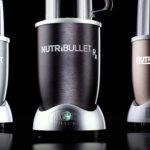It’s literally 25 below here in Detroit today (with the windchill) and last thing I want is anything other than warming, comforting and nourishing food to eat. Though I am a super busy girl, I still make sure I adhere to some basic healthy eating principles. If you know my story, you’ll know I spent many, many years of my life constipated. Some of my earliest childhood memories are of my mom having to chase me down to administer a rectal suppository (shudder). And still even into my college years I would go weeks without having a bowel movement, so the thought of going to back to THIS place, thankfully, scares the shit out of me. Literally. Well, at least scares me enough to keep me living a lifestyle that allows some pretty perfect and braggable transit time (the time it takes from food intake to bathroom outtake – not too fast and not too slow). If you are freaked out I am talking about pooping, you must be new to the health world, or have a lady in your life who is either sick, or lies to you. News flash: Women poop. And if they say they don’t then they are full of shit.
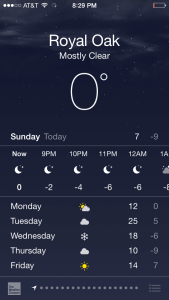

One of the healthy food habits I’ve adhered too over the last decade, is eating beans that are first soaked, sprouted, and now also include the additional and final step of cooking. I ate a raw food diet for many years and was able to heal myself from many ailments, but the last few years I added back in some “heat.” I needed to pound down the most nutrient- dense foods in the most natural state possible to get myself back on track, and this meant eating only food that was flame- free. Eating a raw food diet served a healing purpose for me for many years, but you also have to recognize when your body is needing something else. This is the key to healthy eating. I now eat an intuitive diet AND I still eat tons of raw foods. The fact that I even declared eating raw food as an actual “diet” just goes to show you how far from eating REAL FOOD we have gone (see a blog post on this here).
I know this whole soaking, sprouting, and finally cooking dealio sounds tedious and may even be intimidating for some of you, but trust me, if you’ve ever opened a box of cereal and poured it into a bowl, you can sure as heck do this.
In fact, the only reason I made this masterpiece was because I had placed mung beans in a bowl, covered them with spring water only to forget about them and they just happened to sprout because I had left them unattended for a day or two (I lost track because I don’t care. I don’t time anything in the kitchen, except when I could burn the house down, because nothing in my kitchen is worth stress). So in truth, I don’t always get to the sprouting part of this multi-step-bean-prep.
So what I am getting at here, is don’t get hung-up on the details. I think kitchen/ diet rules and even recipes keep people in unhealthy food bondage. I’ve been teaching my students and clients for years if a certain diet, albeit healthy, stresses you out, the stress may just kill you before the food so skip the diet and get back to living stress-free. There’s life outside the kitchen. Which is why I am posting this blog. This mung bean masterpiece is easy AND healthy.
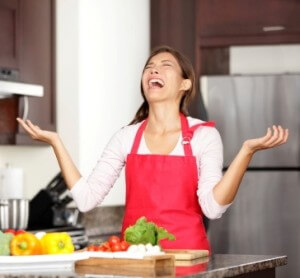
The reason I was forgoing the sprouting was because I was planning on pressure cooking these tiny but mighty beans. Soaking and pressure cooking may be all you need to turn these into a nutritional power food. There’s research showing pressure cooking over traditional cooking methods help remove controversial dietary lectins and actually make the proteins in mung beans more digestible. Also, soaking your beans before preparing takes away the “toot” from this “magical fruit” and is why I am a bean soaker. What actually causes this unwanted post- bean-gas-symphony is the oligosaccharides and a good presoak helps reduce the effects of this sugar molecule.
Of course, this could take our brains too: if you have to do that much to a food
before consumption, then maybe we shouldn’t be eating it? There is some logical sense in there, but if you’re eating, let’s say, rabbit, well technically there’s a whole heck of a lot of trouble that went into this too. I mean first you have find one, then catch the damn thing, then prepare it (which is just too graphic for my liking to list), followed byfinally cooking it. That seems like a lot more work than soaking some beans, no? Oh, but alas, I also have to realize the average paleo dieter is buying meat from a local grocery store not even pondering where it actually came from, so it appears easy (and sadly, rabbit sold in your average grocery store is raised and killed inhumanely).
I will tell you from experience, if I consume any beans or legumes outside of my home, like I didn’t prepare them, I get bloated, gassy, moody and feel tired for a few days. Your classic food intolerance symptoms. I also don’t overeat beans, lentils or legumes (or ANY) food. I rotate my food choices often and eat as simply as possible, though I am also a classically trained chef, not just a nutritionist. I had to unlearn most of what I was taught in the kitchen just to regain my sanity and to get healthy. My reaction to unsoaked, traditionally cooked beans is something I have found out about ME. I am not saying this will be anyone else’s experience nor do I want you to make it yours. I found this out only after many years of cleaning house and finally hearing what my body is trying to tell me. So please, if you are still eating fast food*, junk-food, drink tap water, or even have “cheat days”, eating unsoaked and boiled instead of pressure cooked beans is not something you should be concerned about.
(**fast food isn’t just McDonald’s but also includes: Apple Bees, Chili’s, Olive Garden, Red Lobster and all the other fancified fast food restaurants. Maybe to simplify this, the rule could be any establishment that still serves mechanically separated meat should be avoided).
I mean, people get hung-up on the weirdest food rules. I see it first hand with my clients. Like they refuse to eat kale because they read on the internet somewhere it could possibly interfere with thyroid function, but they have no problem with “cheat day(s)” and in fact have themselves convinced how this is somehow helping them. Or maybe you still think the calorie in calorie out theory has any validity? Do you see what I am getting at here? It’s Maslow’s Hierarchy. Eat kale and ditch the cheat day. Eat kale and stop counting calories. Once you’ve mastered the basics, then and only then, should you start dissecting what vegetables you should eat less of (if there even is such a thing). And if you find an educated guide instead of just relying on Google and self-proclaimed health experts, you may just learn the real deal about kale and thyroid health. Like there’s no such thing as goitrogens in food, but instead a compound in kale that reacts with an enzyme during the digestive process creating a goitrogenic effect. HOWEVER, if you have plenty of iodine-rich food in your diet and avoid unwanted halogens in your life where you can, this is not anything to worry about. In fact, this is a non-issue!
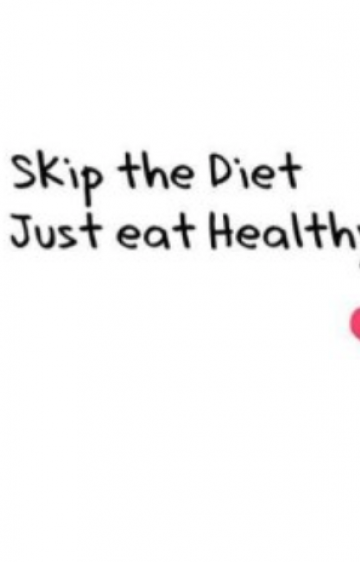
And with that, here’s my easy mung bean concoction I created in 20 minutes. And
I measure nothing in my kitchen and even teach my clients this way. Kitchen freedom allows more love and health into your life. These measurements are only guesses, so please, trust your intuition, adjusting as needed.
Mung Bean Masterpiece
All ingredients are organic
2 cups dry mung beans, soaked in spring water overnight 5 cups pure water
1/4 cup coconut aminos
1/2 large onion, any color will do
1/2 medium cabbage, any color will do, thinly sliced or roughly chopped (who cares!)
3 carrots, cut into rounds, sticks, roughly chopped or even grated 2 cups shiitake mushrooms, thinly sliced or roughly chopped 1/2 red bell pepper, cut into long slices or roughly chopped
1 medium bok choy, roughly chopped
1 large garlic clove, minced 3-inch piece of ginger, minced 1 bag black bean pasta
Lime wedges as garnish Rallis Olive oil
Sea salt and pepper to taste Coconut oil for sauteeing
Directions
Rinse the mung beans. Place into pressure cooker with water. Seal and cook according to pressure cooker instructions. Place a pot on the stove with water to boil black bean pasta (follow directions on bag). In a saute pan with coconut oil, place all the ingredients but the bell pepper and bok choy and saute until just tender. Carefully remove lid from pressure cooker according to manufacturer instructions and pour the liquid and cooked beans into a large soup pot. Add about 8 cups of pure water, the sauteed veggies, and 1/4 cup coconut aminos, salt and pepper to taste and bring to a boil. Turn down to low heat tossing in red pepper and bok choy. Let steep about 5 minutes. While this is “going down,” boil noodles. Once noodles are done, strain and taking a fork, make two “nests” and place into soup bowl. Lastly, ladle hot soup over noodle “nests” liberally garnish with lime and Rallis Olive Oil.
